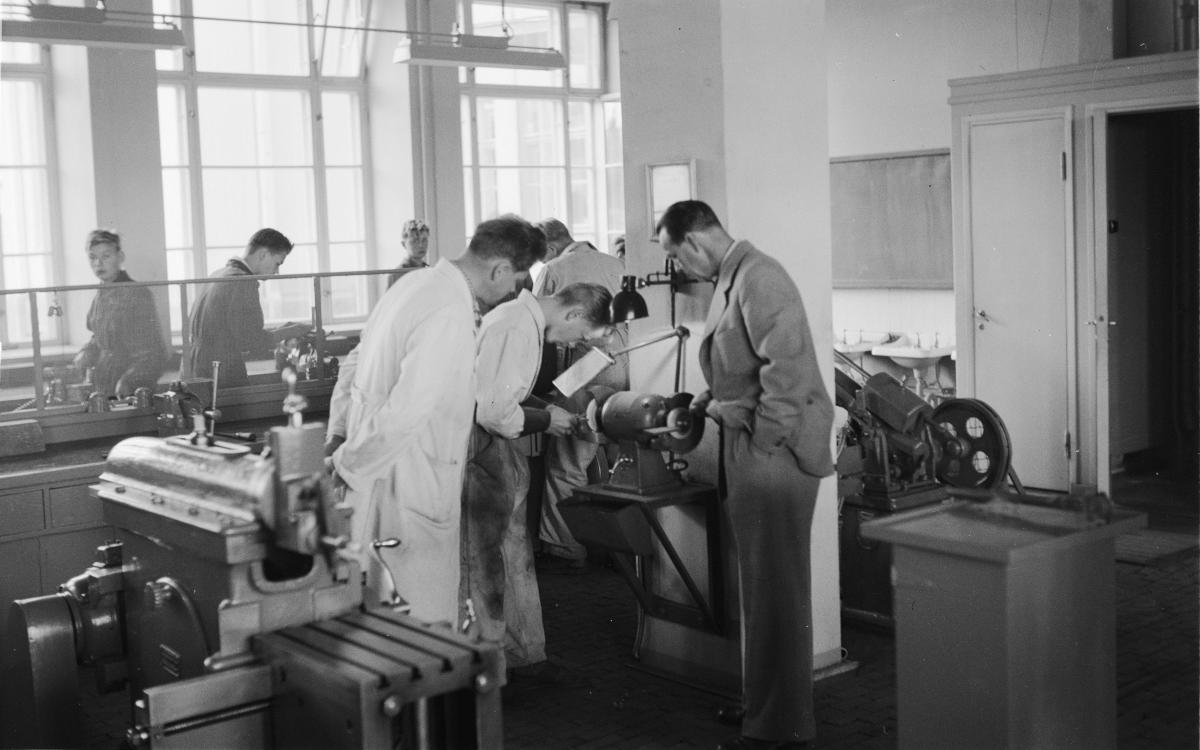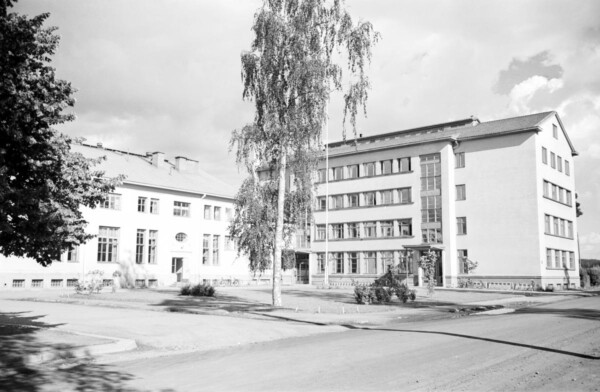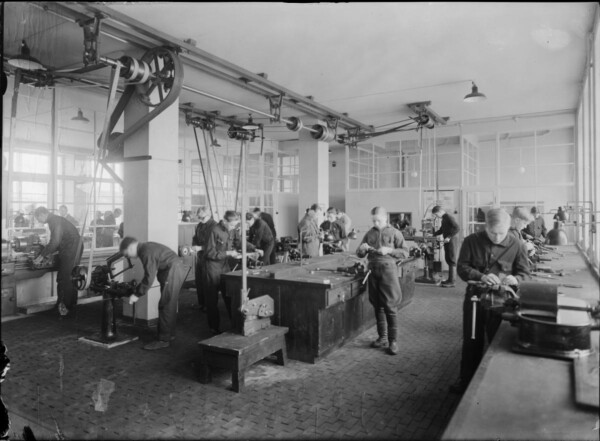
Varkaus celebrates 90 years of technical education
Over the decades, the industrial school named after Walter Ahlström has grown into a modern university. The anniversary will be celebrated on October 3, 2025.
Savonia’s Varkaus campus currently trains top experts in energy technology in Finnish and English. Energy technology engineers are experts in sustainable energy solutions: they seek solutions to the challenges posed by climate change, environmental problems, and ever-increasing energy demand. The Energy Research Centre, located on the campus, serves companies and communities with product development, testing, and training services. Students are also closely involved in the daily activities of the research center – just as cooperation between education and business has always been strong in Varkaus.
Over the decades, there has been close cooperation between education and business, and this remains the relationship today. This cooperation takes the form of internships and theses, for example. Many graduates of engineering have found their first job in Varkaus.

Osaava työvoima loi pohjan teollisuuden kasvulle
Varkaus celebrates Walter Ahlström’s school thanks to Walter Ahlström. Ninety years ago, Varkaus’s industry needed more skilled workers. Before the school was founded, foremen and technicians were mainly trained in Kuopio, but demand grew rapidly. Walter Ahlström understood the importance of education and made a significant donation to establish an industrial school.
The school building, constructed by the Walter Ahlström Industrial School Foundation, was completed in 1934. The following year, the first group of 20 students began a two-year technical training program. The industrial school was initially one of the few paper technician training institutions in Finland and was therefore nationally significant. The curriculum included mechanics, electrical engineering, factory hygiene, mechanical drawing, and paper and cellulose manufacturing. The first paper technicians graduated in 1936.
The secon world war interrupted education, and the building served as a military hospital at that time. When peace came, the industry, which had been harnessed for war reparations production, was once again in dire need of skilled workers. After the war, machine building education also began in Varkaus, initially alternating with paper technology. By 1960, the school had already graduated 247 paper technicians and 150 machine technicians.
For a long time, the industrial school accepted students with no more than a basic education. It was typical for skilled workers to rise to supervisory positions as they gained work experience. In the decades following the war, however, technological development accelerated, and more and more students had a background in vocational education, for example.
A significant turning point came in 1966, when the school became municipal. The foundation donated the school and its property to the city of Varkaus on the condition that the founder’s name would remain in the school’s name.

When computers came to town
In the 1970s, students in Varkaus studied paper technology, mechanical engineering, and measurement and control technology. Technical development progressed rapidly and also challenged education: by the mid-1980s, a third of Varkaus’ industrial workforce was already using computer applications on a daily basis. An electrical engineering department was established to meet this need. As was often the case over the decades, teachers were recruited directly from factories to ensure that students received the latest information.
In 1985, Walter Ahlström Technical College (WATOL) celebrated its 50th anniversary and moved to new premises. During the same decade, secondary education was reformed, and technical education was developed towards lower higher education. In addition to the comprehensive school-based programs, university-based programs were established. This development continued in the early 1990s, when students in Varkaus could study to become technicians and engineers in automation technology, engineers in industrial engineering, and technicians in mechanical and metal engineering.
Walter’s heirs
Engineering was an important step in gaining access to the national university of applied sciences pilot program. In the experiment, the technical college became part of the North Savo University of Applied Sciences. The engineering degree became a higher education degree, and technical training became practically insignificant after this. At the end of the decade, the university of applied sciences was made permanent and its name was changed to Savonia in 2004.
During the history of the university of applied sciences, graduates from Varkaus have included engineers in industrial engineering, automation technology, information technology, software engineering, and electrical power engineering. Typical job titles for graduates have included project, development, or design engineer, shift supervisor, foreman, design manager, or quality manager.
The name of Walter Ahlström lives on at the Varkaus campus in the names of the campus building and the Walter Ahlström Engineering Students Association (WAIO Ry).
In addition to his name, the spirit of education and development that Ahlström brought to Varkaus lives on. As early as the 1920s, Walter Ahlström recognized the importance of expertise and education in promoting the growth and development of industry and business. At that time, there was perhaps no talk yet of responsible influence or Savonia, but Ahlström would probably have been very pleased with Savonia’s strategic goals.
Savonia plays a significant role in promoting sustainable development and building a responsible society. Our impact stems from the work of the experts we train in various areas of society and is reflected in the knowledge and expertise we produce.
It could be straight from Walter’s pen.
